What is CFRP?
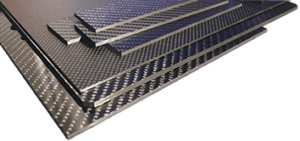 Abbreviation for Carbon Fiber Reinforced Plastics is commonly referred to as CFRP. Composite material uses carbon fiber as a reinforcing material and thermosetting resin as a base material. The one whose base material is thermosetting resin is called carbon fiber reinforced resin (CFRP), and the one whose base material is thermoplastic resin is called carbon fiber reinforced thermoplastic resin (CFRTP).
Abbreviation for Carbon Fiber Reinforced Plastics is commonly referred to as CFRP. Composite material uses carbon fiber as a reinforcing material and thermosetting resin as a base material. The one whose base material is thermosetting resin is called carbon fiber reinforced resin (CFRP), and the one whose base material is thermoplastic resin is called carbon fiber reinforced thermoplastic resin (CFRTP).
Features of CFRP
1. Light and Strong
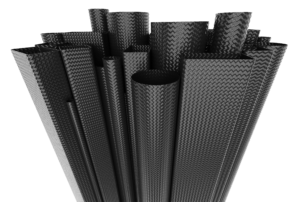 This is the most noticeable and used function of CFRP. It is 【light and strong】material with superior specific strength and specific elastic modulus compared to metal materials such as iron and aluminum.
This is the most noticeable and used function of CFRP. It is 【light and strong】material with superior specific strength and specific elastic modulus compared to metal materials such as iron and aluminum.
2. Excellent X-ray transparency
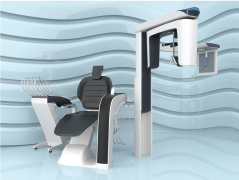
Since CFRP has high X-ray transmittance, it can reduce the amount of radiation exposed to the human body and obtain clear images. In the medical device field, it is generally told that CFRP has transmittance five times better than the transmittance of aluminum, although it depends on the carbon fiber used and the molding method. When high rigidity is required, it is possible to dramatically improve the transmittance by combining with foam material.
3. Excellent vibration damping
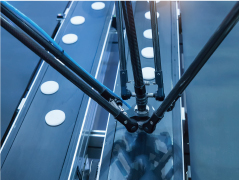 CFRP has excellent vibration damping properties and contributes to improving positioning accuracy and speed of transportation parts. In addition, CFRP greatly contributes to improving the accuracy of precision equipment.
CFRP has excellent vibration damping properties and contributes to improving positioning accuracy and speed of transportation parts. In addition, CFRP greatly contributes to improving the accuracy of precision equipment.
4. Low coefficient of thermal expansion
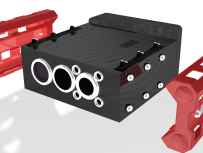 CFRP is a material that has excellent dimensional stability due to the low coefficient of thermal expansion of carbon fiber and has little deterioration in mechanical properties even at high temperatures. Depending on the design, it is possible to make the thermal expansion as close to zero as possible.
CFRP is a material that has excellent dimensional stability due to the low coefficient of thermal expansion of carbon fiber and has little deterioration in mechanical properties even at high temperatures. Depending on the design, it is possible to make the thermal expansion as close to zero as possible.
5. Excellent design
 CFRP has superb functionality as well as aesthetics as if showing off them. It is also used in many products that appeal to the exteriors by combining carbon fiber fabrics, UD (one-way) materials, and various fibers.
CFRP has superb functionality as well as aesthetics as if showing off them. It is also used in many products that appeal to the exteriors by combining carbon fiber fabrics, UD (one-way) materials, and various fibers.
